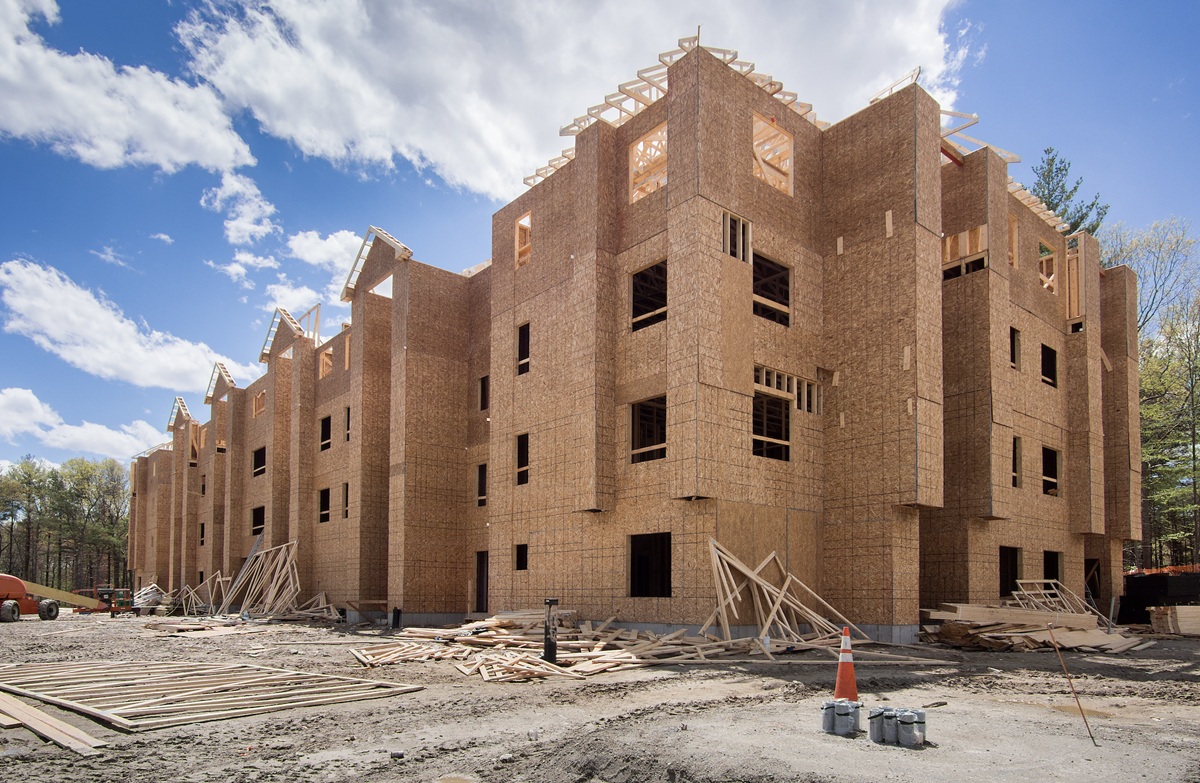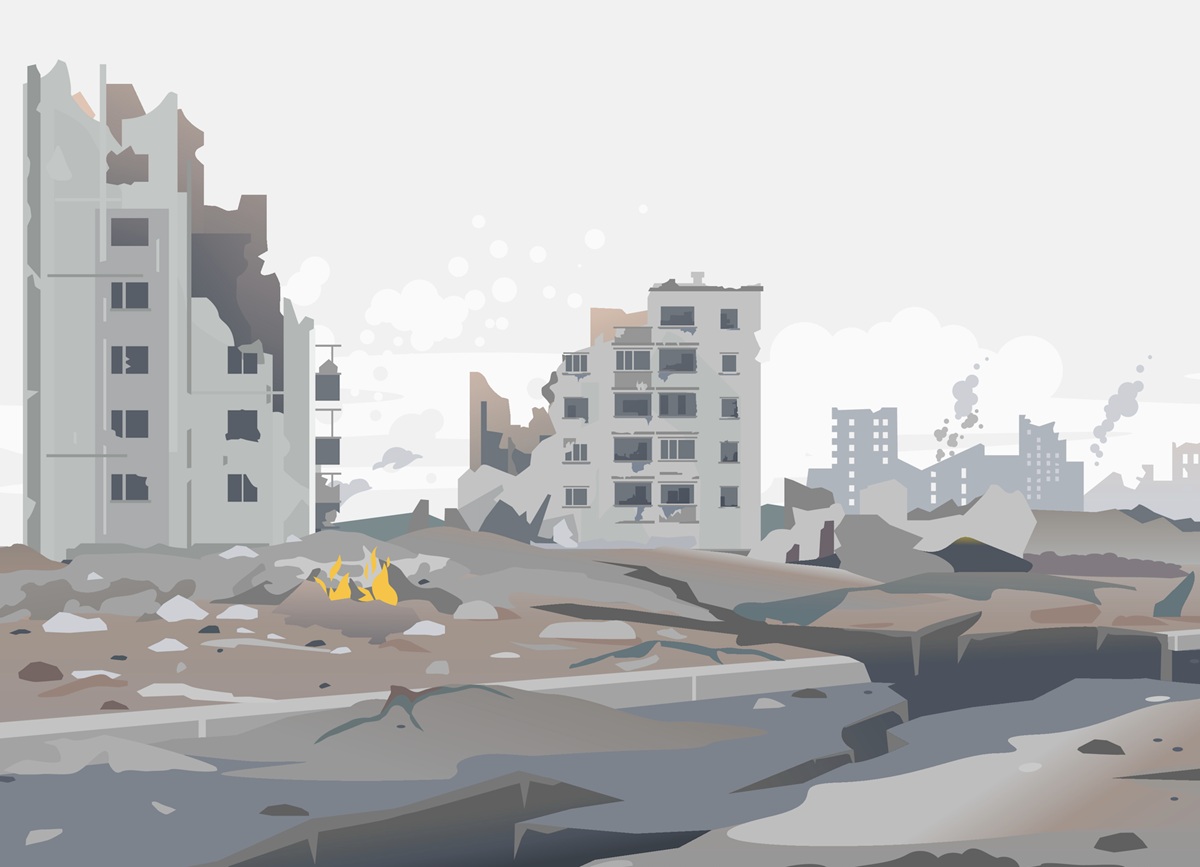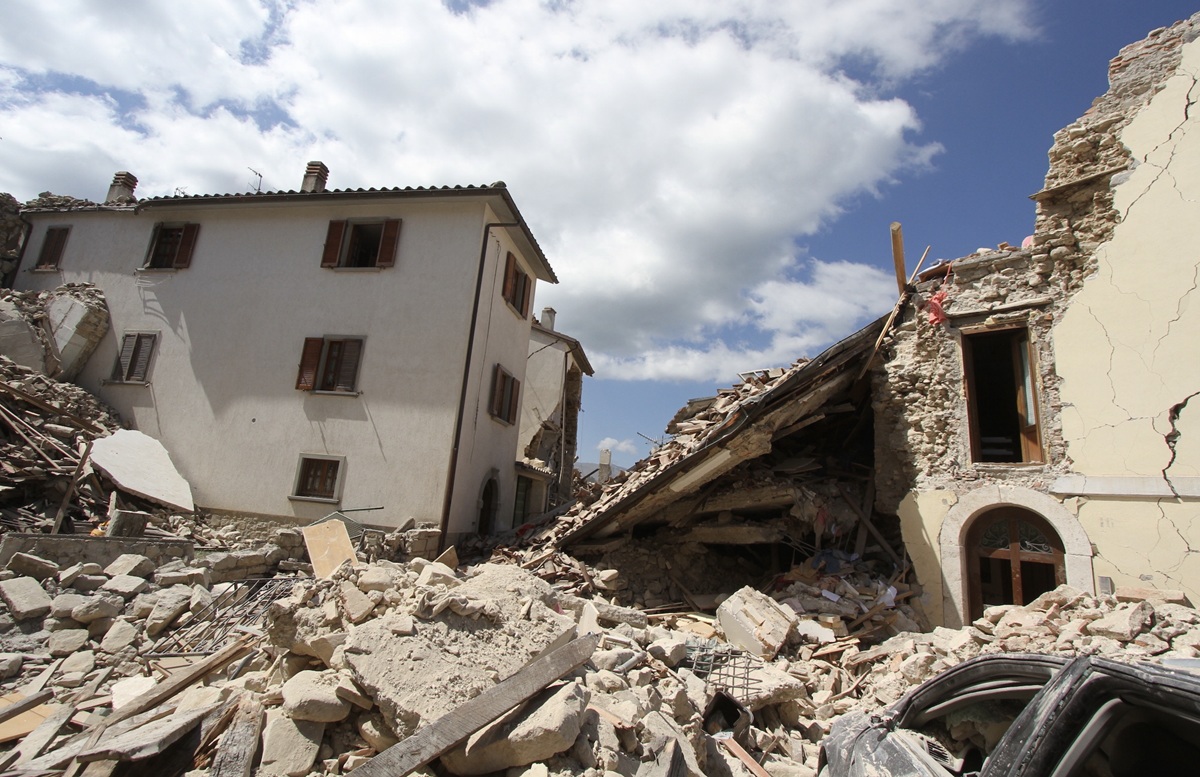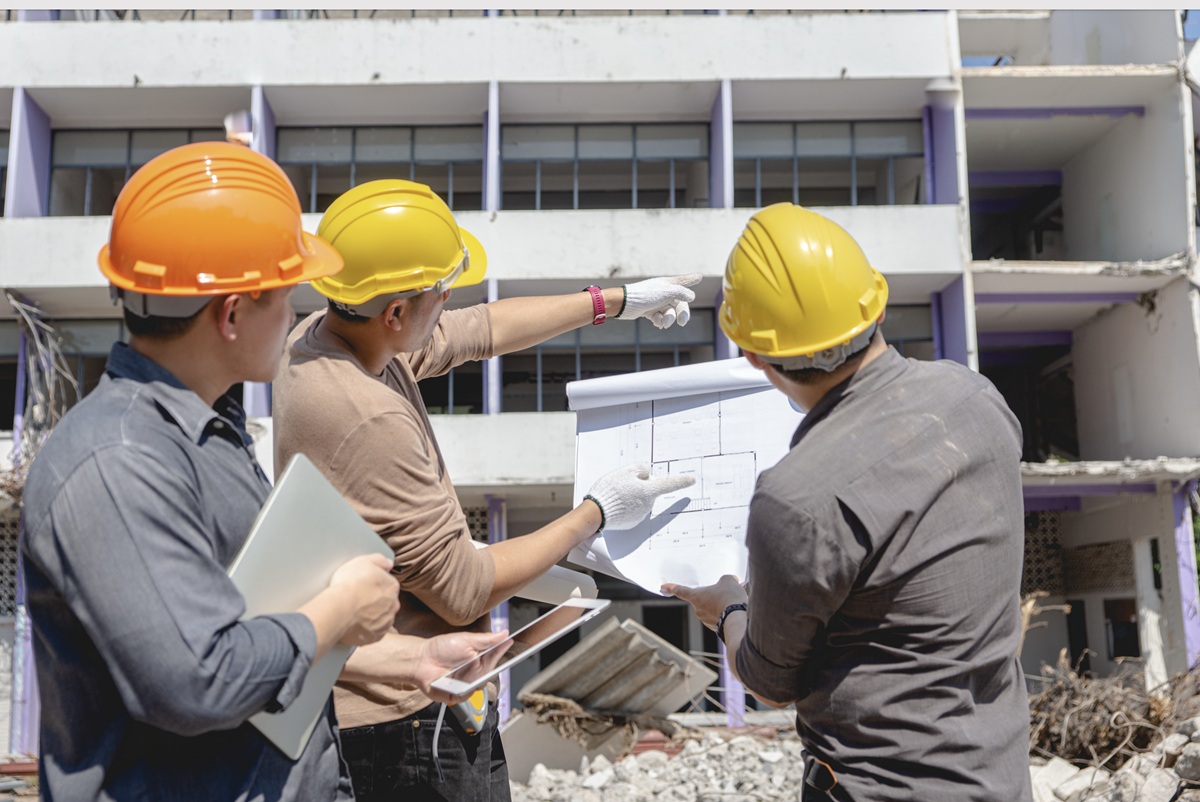Insurance carriers track the pulse of California’s earthquake liabilities, just as they monitor trends in fire, flood, hurricanes, and other hazards that can cause claims to be filed for property damage, injury or death.
Warnings from seismologists that California is long overdue for a major earthquake has property owners and insurance actuaries concerned. As risks go up, so does the cost for insurance to cover those risks.
There are approximately 15 competitive insurance carriers in California, but when it comes to older buildings, that number dips sharply, particularly for buildings with five or more units under one roof.
On the other hand, carriers are beginning to encourage or require retrofits and upgrades: and sometimes reducing insurance rates for pre-1978 soft story structures that undergo an earthquake retrofit.
Insurance, retrofit, or both?
Some apartment owners struggle over whether to get earthquake insurance, a seismic retrofit, or both. Tragically, too many go with a fourth option. They take a do nothing approach, essentially going bare, which puts their property, their assets, income and their tenants at extreme risk.
The California Department of Insurance offers the following guidelines to anyone considering earthquake insurance.
- Is your building located where earthquakes are common?
- Do you own a high-risk structure?
- Can you afford NOT to have earthquake insurance?
Risk of liability for loss of life or limb is another important consideration.
Thanks to the decades of scientific research being done on quantifying building performance in extreme events, credible models of risk have been developed and are being used by insurers today to price hazard insurance.
Insurance may cover a portion of your earthquake losses, but it does nothing to protect your asset, your income or your tenants. If one them gets injured or killed, you could be liable for millions of dollars in damages.
Are retrofits more cost-effective?
Apart from the high premiums associated with earthquake insurance, the deductible for most policies is around 20% of the cost to replace the building.
A retrofit, on the other hand, is much cheaper – usually only 0.3% of the replacement cost of the building.
That means retrofits cost considerably less than what an apartment owner would spend on the deductible for his or her earthquake insurance.
Retrofits also add value to a property – much like a new roof or upgraded plumbing.
Tenants appreciate living in structures that have been retrofitted for their safety, giving a property an added edge in a competitive market.
If you own an apartment you suspect may be vulnerable to damage in an earthquake, contact Optimum Seismic for a complimentary evaluation of your building’s structural safety. Armed with knowledge of the risks you face will help you weigh the risks and options as you make informed decisions about your future.
Visit optimumseismic.com for more information or call us at 833-978-7664.







